3 Benefits of Mobile Dental Clinics That Will Have You Smiling
Getting to the dentist can be a chore for many and is actually unfeasible for others. Some, like the elderly or disabled, may not be able to commute...
8 min read
Craftsmen Industries Oct 30, 2025 7:24:56 AM
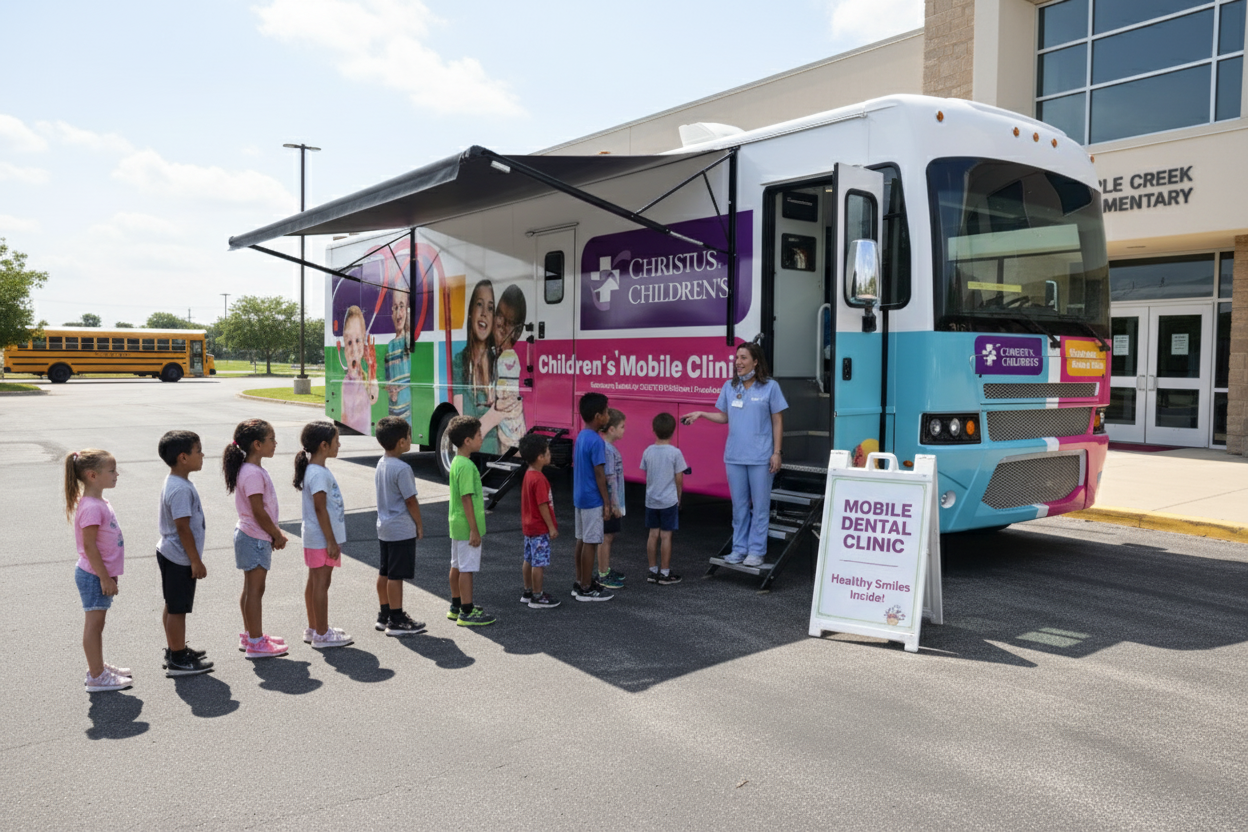
Good oral health is more than just having a nice smile. It’s closely linked to overall health. When people skip dental checkups, small issues like cavities can turn into bigger problems, such as infections or even heart risks. Sadly, millions of people do not see a dentist regularly because clinics are too far, too costly, or hard to reach. On average, over 34 million school hours are lost each year in the U.S. due to emergency dental care.
This is where mobile dental clinics come in. These clinics are like dental offices on wheels. They travel to neighborhoods, schools, and community centers so people can get care close to home. Instead of waiting for patients to come, the clinic goes to them. This model makes preventive care possible for families who might otherwise have no access at all.
As more communities face healthcare gaps, mobile dentistry is gaining attention as a smart solution. Read this blog to explore how these clinics work, why they are important, and how they are changing the way preventive oral healthcare is delivered.
Mobile dentistry is not new, but in recent years it’s gaining momentum. Awareness, better technology, and new funding streams help programs scale and reach more communities. Let's explore how it is evolving across the world.
Research confirms that mobile dental units (MDUs) are an effective complement to fixed clinics, especially in underserved areas. They help reach populations who otherwise have limited access to care. They reach people who have no access to medical or dental centers.
Around the world, places with limited fixed infrastructure use mobile units to bring care to remote towns and villages. A study published in Cureus reveals that mobile dental units bridge geographic and socioeconomic gaps in oral care access, thereby improving both accessibility and affordability. This global momentum demonstrates that mobile dental care is scalable, flexible, and often cost-effective when implemented with strategic planning.
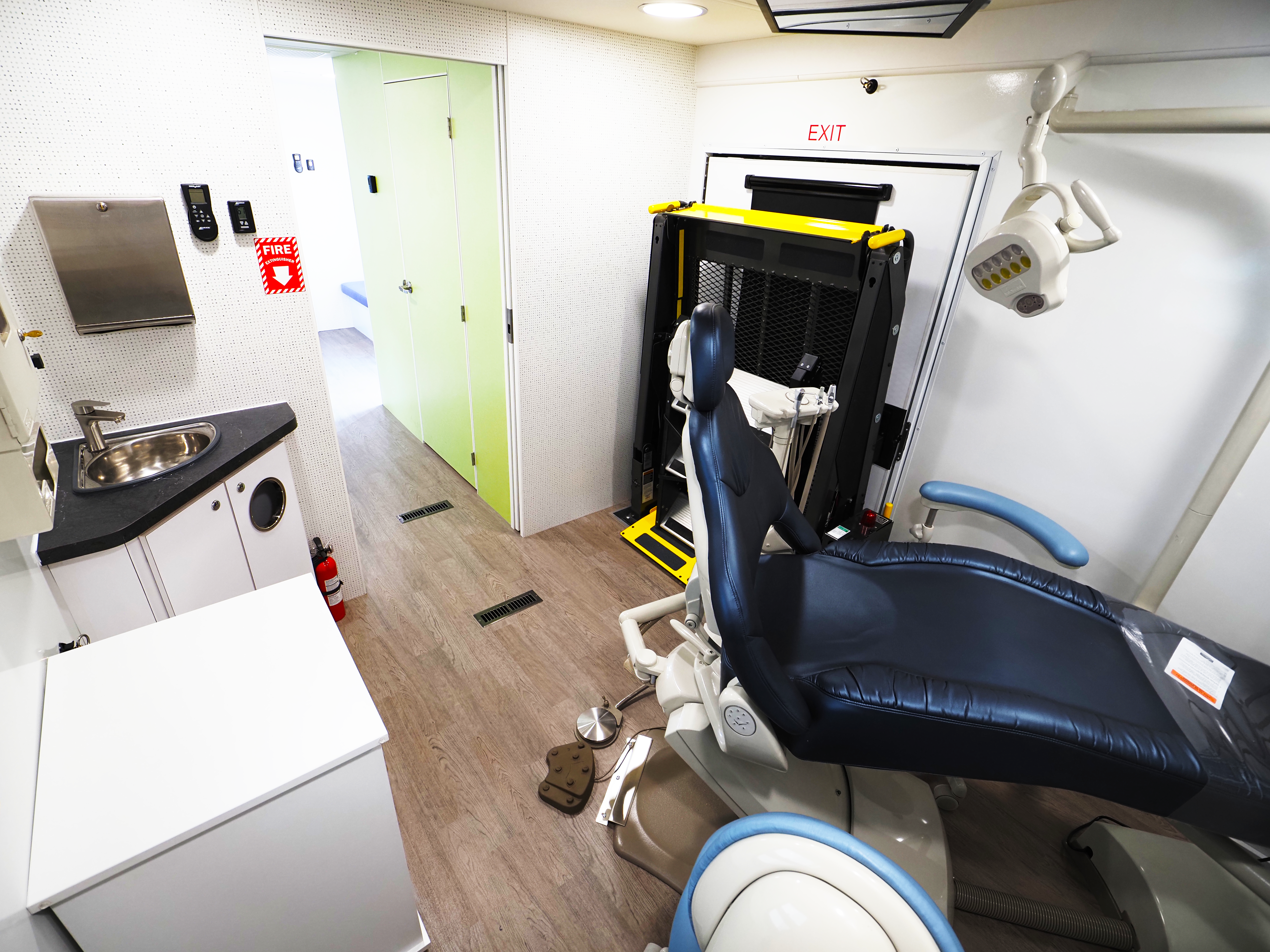
Prevention is the cornerstone of good oral health, and mobile dental clinics are uniquely positioned to make preventive care accessible to those who need it most. Instead of waiting for patients to seek care, these clinics bring essential services into schools, workplaces, nursing homes, and underserved communities. This proactive approach reduces the likelihood of severe dental problems and supports healthier, longer lives.
Regular checkups are critical for catching early signs of dental disease. Mobile clinics provide comprehensive exams and professional cleanings, just like traditional practices. These services help remove plaque, tartar, and stains that daily brushing cannot manage. The American Dental Association (ADA) recommends visiting a dentist every six months, yet millions of Americans miss these visits. Mobile programs bridge that gap, especially for children and seniors.
Professional cleanings not only improve oral health but also boost confidence by giving patients a brighter smile. For children, mobile cleanings can establish lifelong habits, while for older adults, they can reduce risks associated with gum disease, which is linked to heart disease and diabetes.
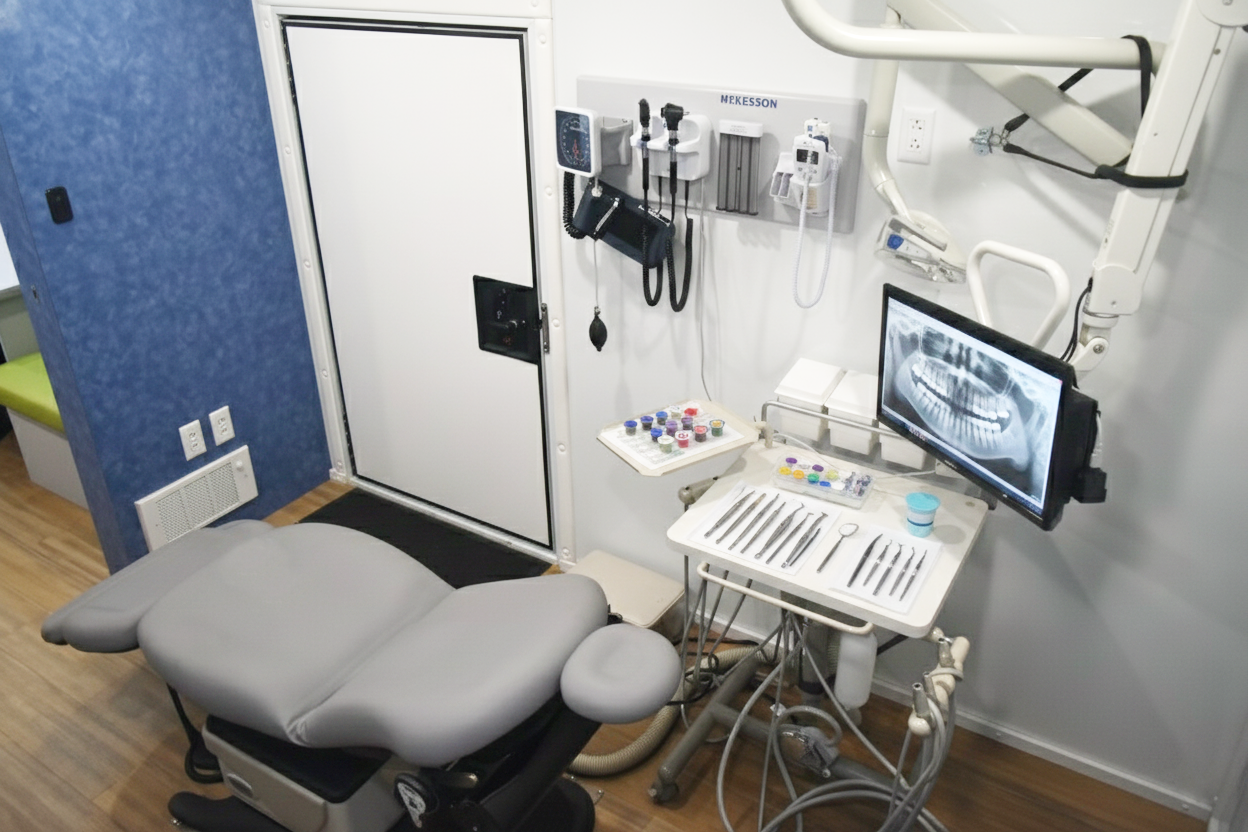
Sealants and fluoride applications are simple yet powerful tools in preventing cavities. Sealants, thin protective coatings applied to the chewing surfaces of molars, block bacteria and food particles from settling into grooves.
Fluoride, whether applied as varnish or gel, strengthens tooth enamel and makes it more resistant to decay. This is especially valuable for children, but adults benefit too, particularly those prone to cavities. Mobile dental teams ensure these services reach populations that might otherwise go without them.
Mobile clinics also play a key role in screening for dental problems before they become emergencies. Dentists in mobile units conduct oral exams to check for cavities, gum disease, misaligned teeth, and even oral cancers. Early detection means treatment is less invasive and less expensive.
The NIDCR report "Oral Health in America: Advances and Challenges" notes that untreated dental problems contribute to millions of missed school and workdays annually. By addressing these issues early, mobile dentistry programs can reduce absenteeism, enhance productivity, and lower long-term healthcare costs for communities.
Education is often overlooked, but it is one of the most impactful aspects of mobile dentistry. Dentists and hygienists use these visits to teach children how to brush and floss properly, explain the role of nutrition in oral health, and encourage parents to prioritize preventive care.
Many mobile programs go beyond one-time lessons by using follow-up tools like reminder cards, phone calls, or school-based reports to encourage continuous care. When children understand the “why” behind brushing and flossing, they are more likely to maintain good habits into adulthood.
While prevention is the primary goal, mobile units also help reduce the risk of dental emergencies. By offering consistent preventive services, they lower the chances of painful toothaches, infections, or extractions that would otherwise require urgent (and expensive) hospital visits. When issues do require advanced treatment, mobile clinics usually maintain referral partnerships with fixed dental offices, ensuring patients are not left without care options.
Mobile dentistry delivers far more than convenience. It transforms how people access care and helps close persistent gaps in oral health equity. Here, we will explore how this industry is helping people struggling with dental health.
Many rural families, urban low-income communities, and seniors in long-term care facilities struggle to reach fixed dental offices. Mobile units travel to where patients live, learn, and gather, ensuring no one is left behind.
When oral health problems are caught early, they are cheaper and easier to treat. Sealants, fluoride, and cleanings prevent cavities that would otherwise require costly fillings or extractions. The CDC reports that applying sealants to schoolchildren can reduce cavities by up to 80% in molars, saving families and healthcare systems significant expenses.
Mobile dentists often dedicate time to oral health education. This includes teaching proper brushing, flossing, and dietary habits. By embedding education into visits, mobile units support long-term wellness and reduce future disease risks.
For many patients, a mobile dental unit is their first encounter with a dentist. The convenience and comfort of receiving care locally fosters trust, especially in underserved communities that may otherwise feel disconnected from the healthcare system.
It’s not just patients who benefit. For dental professionals and organizations, mobile clinics expand reach, improve patient engagement, and support corporate social responsibility goals. Providers can directly serve schools, workplaces, and events, creating new opportunities for public health impact.
Absolutely. Seniors in nursing homes often have mobility issues. Mobile dentistry ensures they receive checkups, cleanings, and denture adjustments without leaving their facility.
Technology is reshaping how mobile dental programs deliver preventive and restorative care. It is bringing innovative and revolutionary ideas to the field of mobile dental care. Let's explore the striking features of technology in this field.
Teledentistry makes it possible for patients seen in mobile units to connect with specialists virtually. This expands service offerings and strengthens follow-up care. An NCBI study on teledentistry improving access to dental care shows that teledentistry increases access for rural populations while reducing costs. It also allows patients seen in mobile units to connect with specialists virtually, strengthening follow-up care.
AI-powered apps are now capable of detecting early signs of cavities and gum disease using photos. A deep-learning study demonstrated AI’s ability to classify five oral conditions with nearly 79% accuracy by using a smartphone camera.
Electronic dental records allow mobile providers to integrate seamlessly with larger health systems. Clinics can track the number of sealants applied, fluoride treatments delivered, and patients referred. This data-driven approach is vital for grant reporting and proving program impact.
Launching a mobile dental program requires careful planning, community partnerships, and continuous monitoring to be fruitful. Depending on various factors, shaping a proper roadmap for a work plan can take days of struggle.
Let's explore the steps towards a successful mobile dental program.
Start by mapping out underserved regions, analyzing dental provider shortages, and consulting with schools or local health departments. It requires a detailed assessment to detect the areas and communities that actually need these facilities. This can be done by polling and surveys.
Schools, nonprofits, and hospitals are natural partners. Funding often comes from grants, Medicaid reimbursement, and corporate sponsorships. Programs with diverse revenue streams are more sustainable long-term.
Once operational, programs must collect data on patient numbers, oral health outcomes, and cost savings. Regular performance reviews help improve efficiency and justify continued funding.
The future of oral health care is mobile, digital, and promising. As this industry is flourishing and evolving swiftly so it is obvious that the future holds many bright aspects for this field. Let's dive in to get some details.
Mobile dental units are increasingly paired with mobile medical and vision services, offering holistic care under one roof. This model improves efficiency and reduces costs.
As evidence grows, policymakers are recognizing the value of mobile clinics. Expanded Medicaid coverage for adults and policy reforms are likely to make these programs more financially sustainable.
In developing regions, mobile dental care fills gaps where fixed clinics are scarce. Research shows that mobile units not only improve access but also reduce the prevalence of untreated oral disease.
No. They are designed to complement fixed clinics, focusing on prevention and early care rather than replacing all dental services.
Running a mobile dental program involves more than healthcare delivery; it requires navigating regulations, maintaining vehicles, and ensuring financial sustainability. Let's discuss these hurdles.
State regulations vary widely. Some states require additional permits for mobile health services, while others limit operating locations. Dental teams must comply with state-specific dental practice acts to avoid service interruptions.
Mobile dental units are both clinics and vehicles. They require constant servicing from sterilization checks to mechanical repairs. Without preventive maintenance, units risk losing service days and disrupting community schedules.
Mobile clinics excel at prevention, cleanings, screenings, fluoride, and sealants, but advanced surgeries require referrals. Successful programs rely on strong referral networks with fixed clinics to provide comprehensive care.
Most establish partnerships with nearby fixed clinics or hospitals. This ensures patients get advanced procedures when needed.
Mobile dental clinics are no longer just an innovative idea; rather, they are a proven solution to promote oral healthcare in rural communities. From schools and community centers to nursing homes and rural towns, these clinics provide life-changing preventive services for the people who need them most. As technology advances and demand grows, mobile dentistry is becoming an essential pillar of public health.
At Craftsmen Industries, they don’t just build mobile medical units but build trust, reliability, and impact. The custom-designed mobile dental units are crafted for durability, efficiency, and patient comfort. Whether you’re a healthcare provider, nonprofit, or government agency, we partner with you to deliver high-quality mobile solutions that help expand access to preventive oral care.
If you’re ready to lead your community into a healthier future, Craftsmen Industries is here to make it happen. Together, we can ensure that preventive dental care reaches every smile, everywhere.
Teledentistry has the ability to improve oral healthcare, improve the delivery of oral healthcare, and lower its costs. It also has the potential to eliminate the disparities in oral health care between rural and urban communities.
Mobile dental clinics operate as mini-dental institutions for locations without permanent facilities, where basic preventive education and treatment are accessible on-site.
Oral care should start from early childhood, with the adoption of proper hygiene habits such as brushing teeth twice daily, using dental floss, limiting sugary and acidic foods, and attending regular dental checkups.
The apparent contact dimension (ACD), a determinant of dental esthetics, has been purported to exhibit an esthetic relationship termed the "50:40:30" rule, implying that in an esthetic smile, the ACD between the central incisors, central and lateral incisors, and lateral incisor and canine would be 50, 40, and 30%.
Dental clinics provide prompt care for emergencies like toothaches, broken teeth, and lost fillings, offering pain relief and preventing further damage. Immediate treatment for dental emergencies can save teeth and prevent more serious complications.
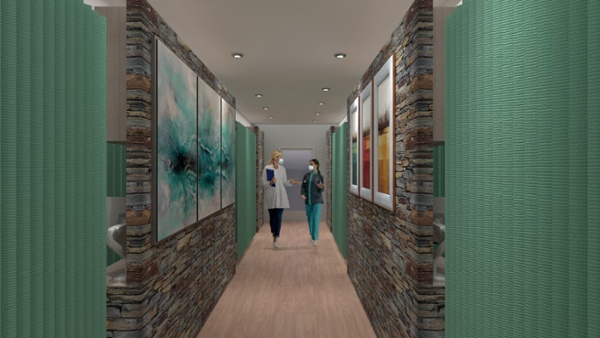
Getting to the dentist can be a chore for many and is actually unfeasible for others. Some, like the elderly or disabled, may not be able to commute...
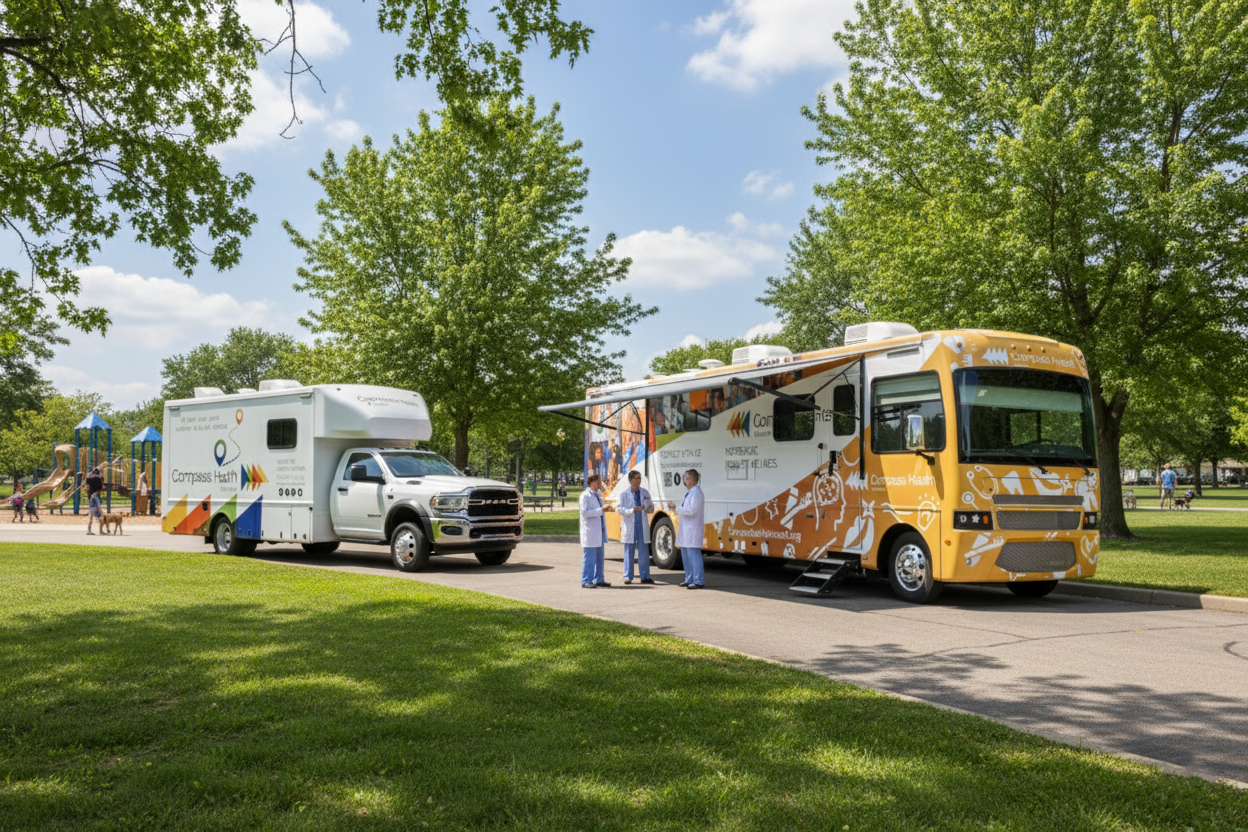
Access to quality healthcare is not evenly distributed, and mobile medical solutions have stepped in to bridge the gap. A medical trailer is a large,...
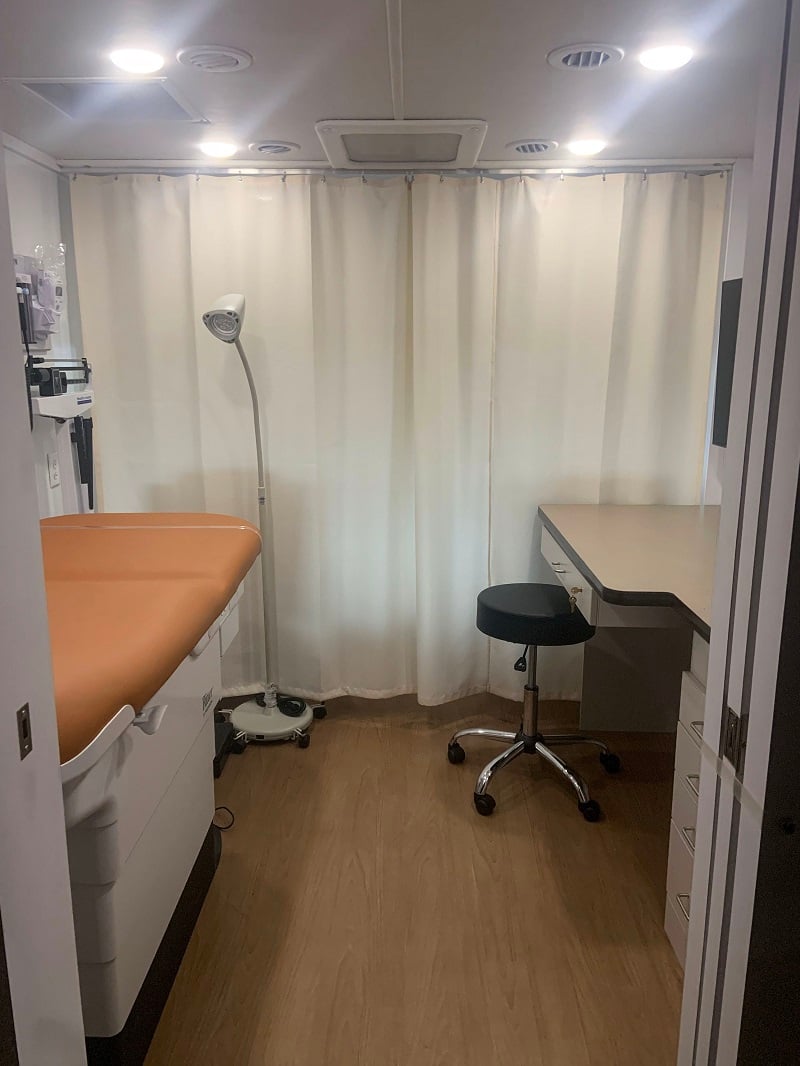
Mobile medical vehicles fill gaps in healthcare in the United States and many places throughout the world. Medical vehicles are typically large...